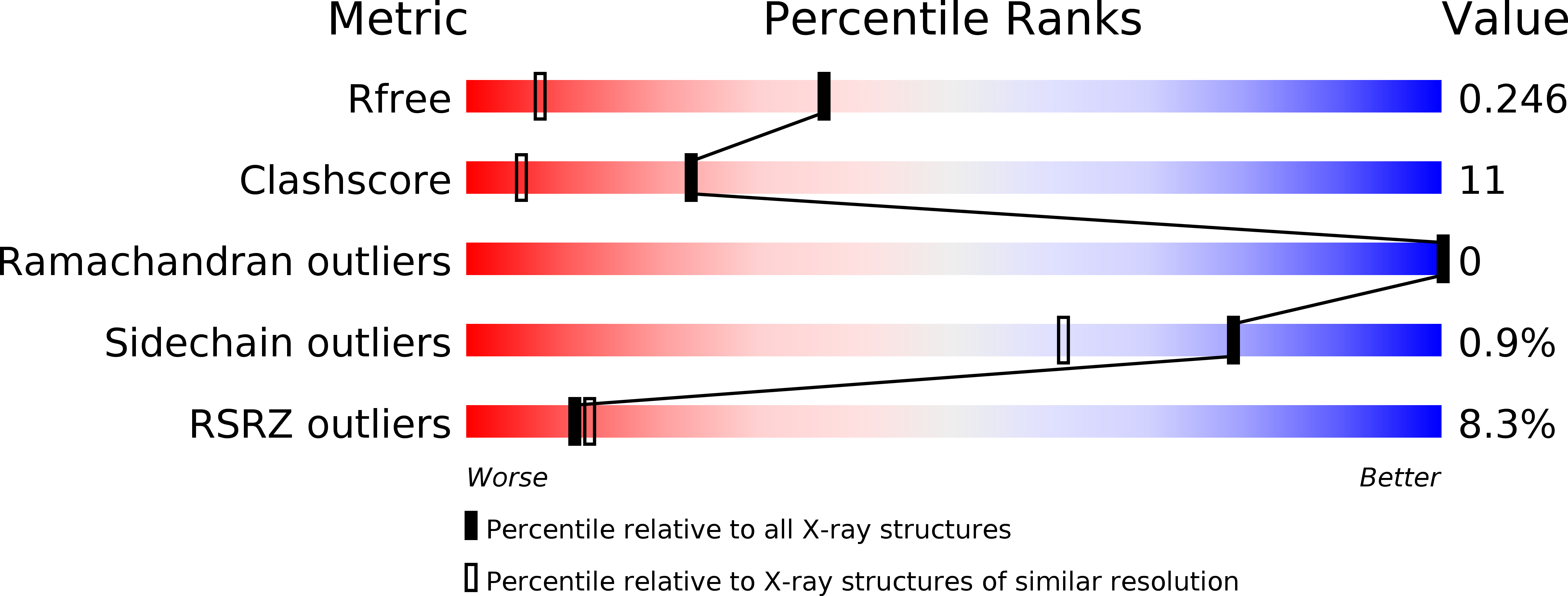
Deposition Date
2004-03-05
Release Date
2004-06-15
Last Version Date
2024-10-16
Entry Detail
PDB ID:
1SL4
Keywords:
Title:
Crystal Structure of DC-SIGN carbohydrate recognition domain complexed with Man4
Biological Source:
Source Organism:
Homo sapiens (Taxon ID: 9606)
Host Organism:
Method Details:
Experimental Method:
Resolution:
1.55 Å
R-Value Free:
0.25
R-Value Work:
0.22
Space Group:
P 43


